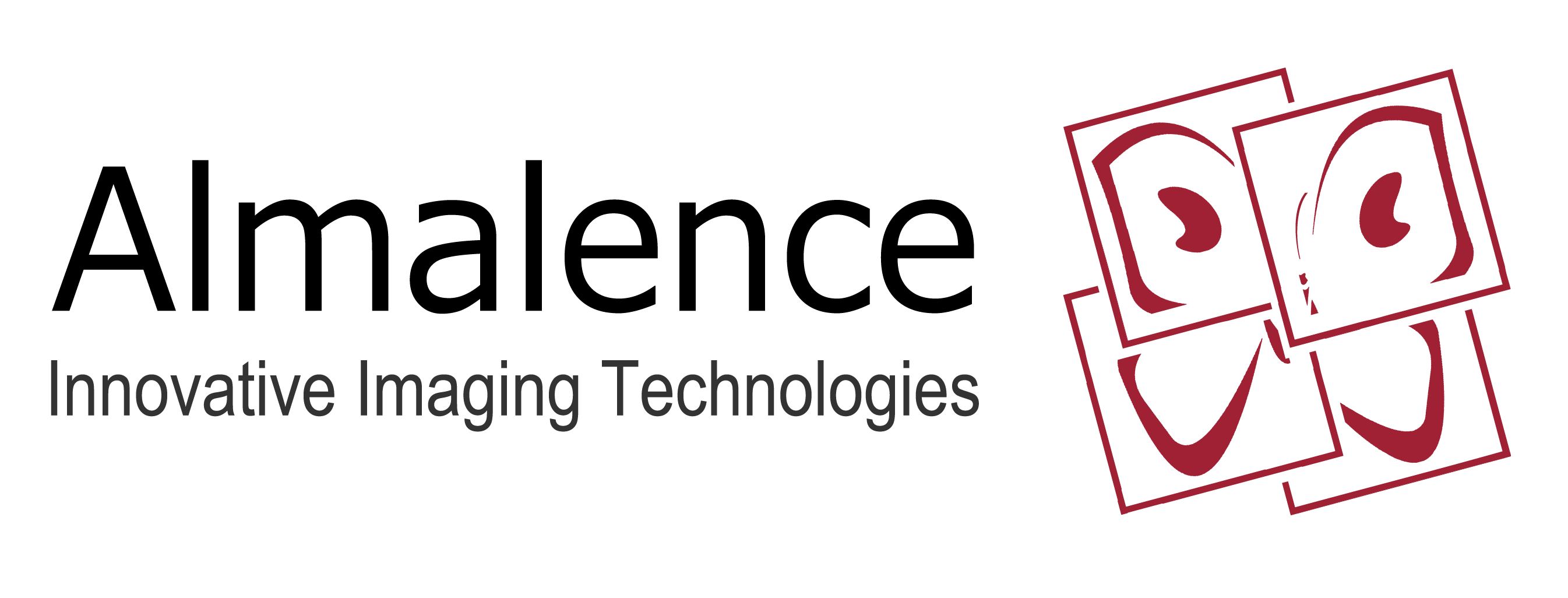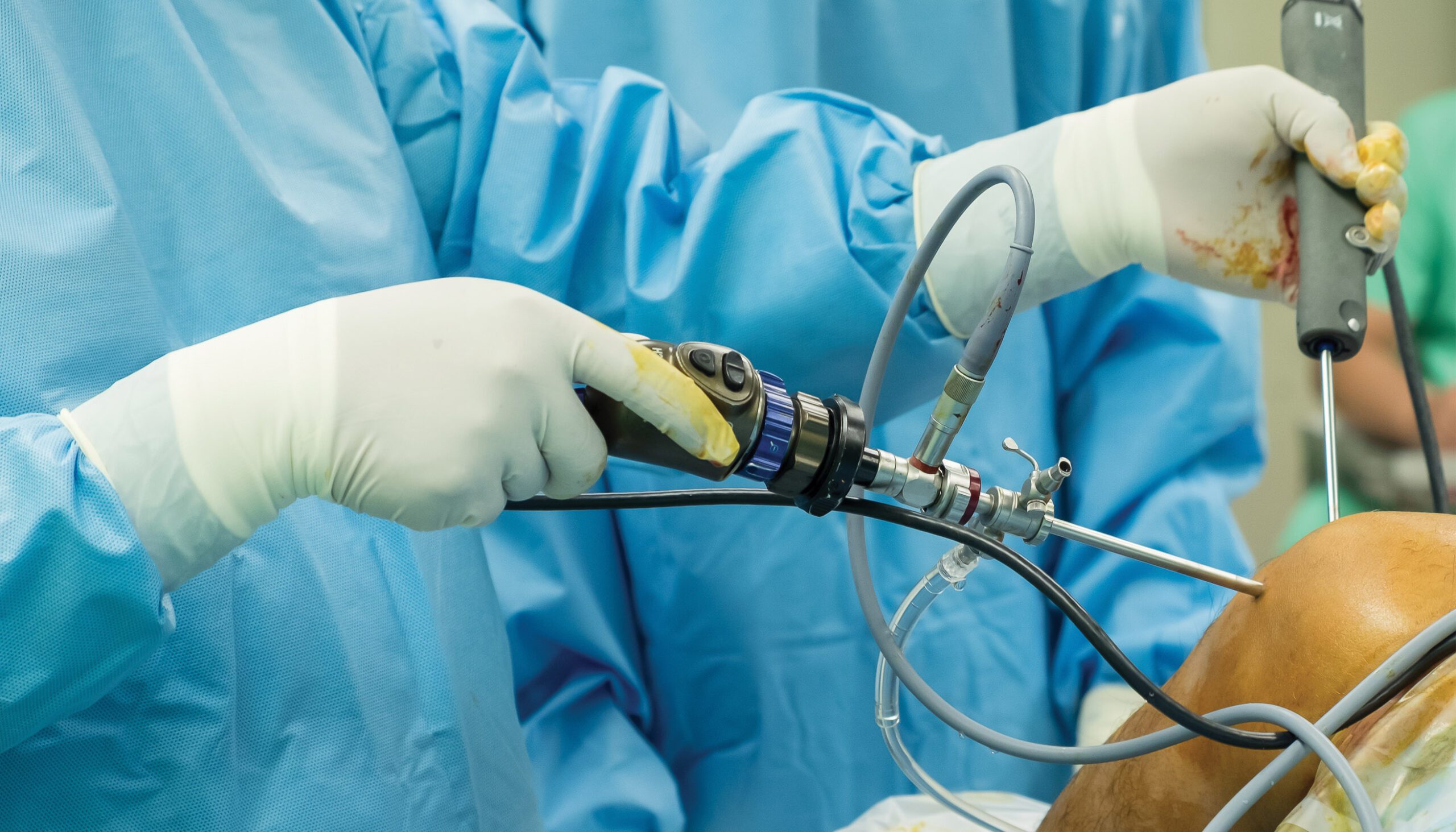Joint Solution Combines OMNIVISION’s Wafer-Level CameraCubeChip® Technology with Almalence’s Unique SuperResolution Algorithm to Provide Highest Quality Images of Smallest Parts of Anatomy
SANTA CLARA, Calif. — November 16, 2020 — OMNIVISION Technologies, Inc., a leading developer of advanced digital imaging solutions, and Almalence Inc., one of the world’s leaders in computational imaging, today announced at CompaMed a joint solution that eliminates the conflict between camera size and resolution found in current medical imaging solutions. This is accomplished by dramatically increasing the resolution of images captured from the smallest parts of the anatomy during endoscopic and catheter procedures across all disciplines, such as neurology, ophthalmology, otolaryngology, cardiology, orthopedology, gynecology and urology. The solution is based on OMNIVISION’s OVM6948 CameraCubeChip®—the world’s smallest fully packaged, wafer-level camera module measuring 0.65 mm x 0.65 mm, with a z‑height of just 1.158 mm. Working in partnership with OMNIVISION, Almalence pre-tuned its SuperResolution algorithm, which is currently the de-facto standard for smartphone cameras, effectively increasing the OVM6948’s backside-illuminated resolution by 1.5x to 300 x 300 and boosting its signal-to-noise ratio (SNR) by up to 8 dB for a total of about 42 dB. These increases would otherwise double the image sensor and camera size, due to the required increase in pixel count.
The market research and strategy consulting company Yole Développement is expecting a 27% CAGR (1) between 2019 and 2025 (2), reaching US$241 million at the end of that period, for CIS camera modules for disposable endoscopes. “This market is being pushed by the addition of video and the shift toward small-diameter applications needing higher image resolutions. Additionally, medical trends are favoring single-use devices, including cross-contamination issues and strong regulations stemming from endoscope disinfection matters,” stated Jérôme Mouly, team lead analyst for sensing at Yole. “The ramp up is starting this year and will continue in the coming years as regulators enforce the use of disposable endoscopes for certain procedures, such as bronchoscopy, laryngoscopy and urology.”
The OVM6948 camera module integrates OMNIVISION’s OV6948 image sensor, which holds the Guinness World Record for “The Smallest Image Sensor Commercially Available” with its size of 0.575 mm x 0.575 mm. Because OMNIVISION’s unique CameraCubeChip® optics are fabricated at the wafer level, they can be bonded to this image sensor to form a camera module that is 1.158 mm high. This enables integration into an endoscope or catheter with a diameter of less than 2.0 mm, thus allowing it to either reach deeper into the human anatomy or offer a larger array of endoscopic tools within its working channel.
“Until now, medical device designers were forced to make a tradeoff between size and resolution,” said Tehzeeb Gunja, director of medical marketing at OMNIVISION. “The dimensions of camera modules and their integrated image sensors are limited by the endoscope’s outer diameter. Additionally, to obtain a sufficiently bright image while limiting the heat dissipation of the LEDs at the distal tip, medical image sensors must have a relatively large pixel size. Almalence’s SuperResolution algorithm enhances the sensor’s resolution and image quality, enabling doctors and nurses to view its captured images on high-definition monitors and tablets.”
“The vast majority of high-end smartphones on the market today use our SuperResolution algorithm because we produce the greatest image quality within the limited space available, by reconstructing details beyond the physical limits of a sensor’s pixel count,” said Eugene Panich, CEO of Almalence Inc. “We have expanded our longstanding partnership with OMNIVISION in mobile imaging to bring our industry-leading algorithm to medical designers, enabling them to create small-diameter endoscopes with greater detail and better image quality than the image sensor would otherwise be capable of producing.”
Competing solutions include an image signal processor (ISP) that provides some level of upscaling as part of its processing pipeline. The functionality of these solutions ranges from the simple repetition of pixels, resulting in poor sharpness and image definition; to complex, computationally intensive solutions that provide upscaled images with relatively good image quality. However, none of the competing ISP solutions can provide the ability to capture more details than the sensor is capable of producing. Almalence’s SuperResolution algorithm uniquely increases the sensor’s effective resolution by not only making the image look sharper and smoother, but also reconstructing more details, as if it were captured with a higher resolution sensor. Additionally, the algorithm’s computational load is optimized to run on any major SoC or DSP, leaving plenty of headroom for other processing tasks.
OMNIVISION’s OVM6948 CameraCubeChip® module is available now for sampling and mass production. Likewise, Almalence is currently licensing its SuperResolution algorithm, which is pre-tuned to perform optimally with the OVM6948. Additionally, the Almalence license includes expert tuning services for any OMNIVISION medical image sensor in combination with any lens available on the market—at every stage of development, from initial design to product launch. Almalence also provides a software development kit with its license, featuring numerous parameter APIs for additional tuning by medical device designers. For more information on this joint solution, contact your OMNIVISION sales representative at www.ovt.com/contact-sales, or your Almalence sales representative via email: info@almalence.com.
Visit OMNIVISION’s Virtual CompaMed booth for more information on this joint solution: https://www.compamed-tradefair.com/vis/v1/en/exhibitors/medcom2020.2661571?oid=53320&lang=2&_query=OMNIVISION.

About Almalence
Almalence imaging technologies boost picture clarity beyond the hardware limits. Its SuperResolution technology is famous for enabling exceptional zoom quality in top-ranked camera smartphones and applies to a wide range of optical systems, including laptop, surveillance, automotive and medical cameras. The Digital Lens solution provides eye-clean optical fidelity in VR head-mounted displays. Almalence, Inc. is a privately owned company with headquarters in Austin, Texas and a team distributed across the world, including the USA, Russia and China. For more information on Almalence technologies, visit www.almalence.com.

